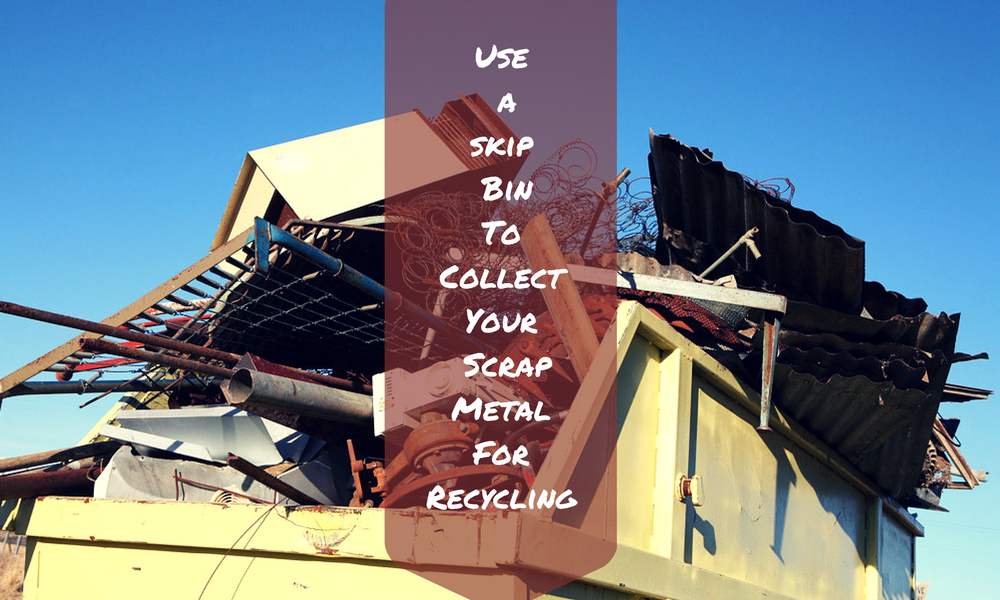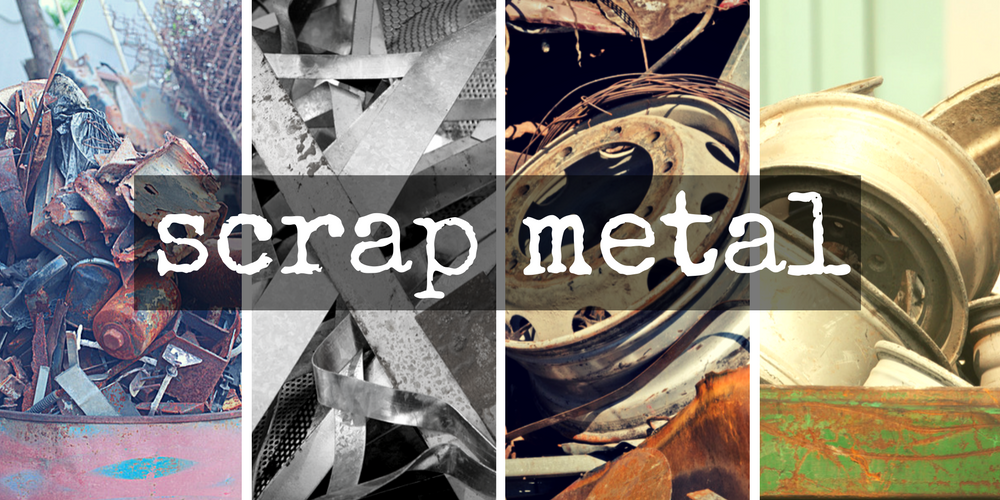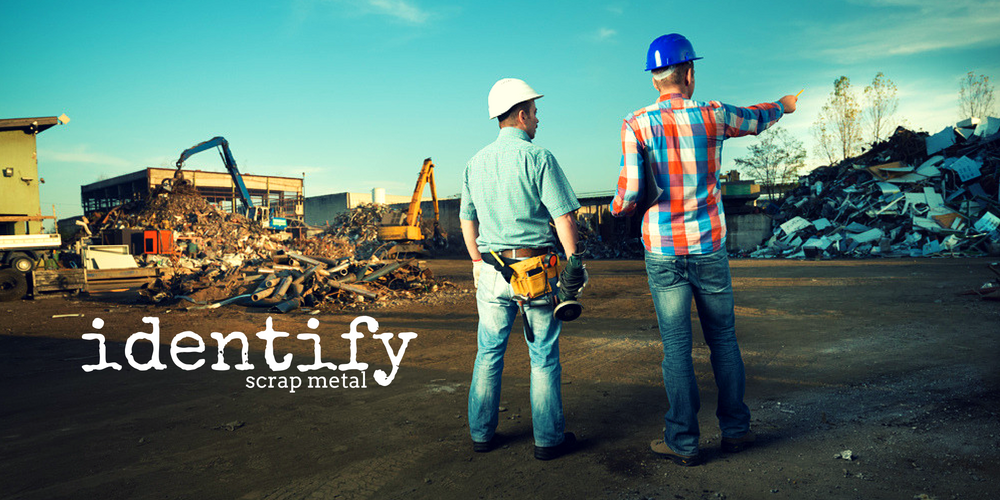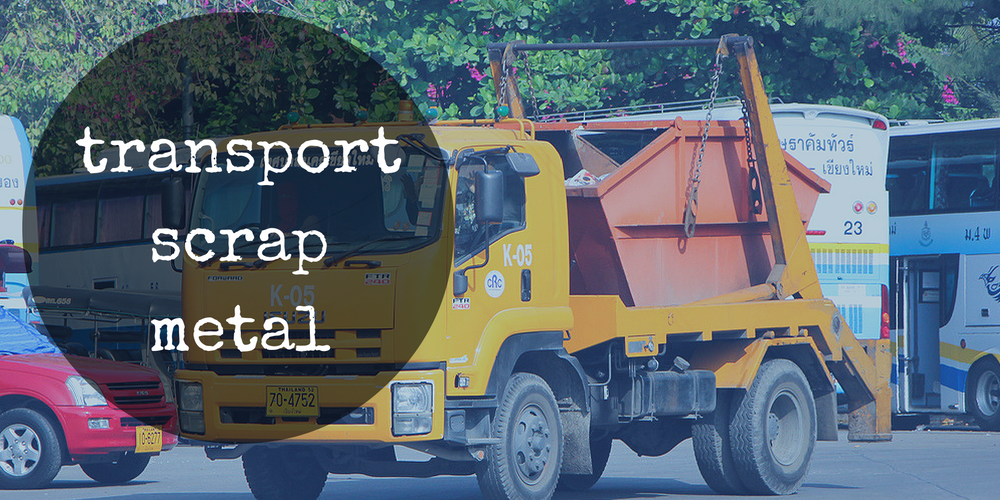“Listen up, you couch potatoes: each recycled beer can save enough electricity to run a television for three hours.” – Denis Hayes
Well, the name Denis Hayes might sound unfamiliar to you but the point that he has made makes a lot of sense and a reason to know him further. He is an American environmental advocate and proponent of solar power. He is the founder of the Earth Day Network which has today expanded to more than 180 countries. Wise words from a wise man. Now it boils down to us whether we are proactive enough to do our bit for the environment or not.
How? Why not start with beer cans! And all other metal scraps that we see around us in our house, institutes, factories, construction sites, and farms.
The case for recycling is strong. The bottom line is clear. Recycling requires a trivial amount of our time. Recycling saves money and reduces pollution. Recycling creates more jobs than landfilling or incineration. And a largely ignored but very important consideration, recycling reduces our need to dump our garbage in someone else’s backyard.
— David Morris of the Institute for Local Self-Reliance
Let us understand more.
It is common knowledge that scrap metal can be sold at scrap yards for money. But do you know the types of metal that are accepted, how to identify them and where to locate them around you and most importantly how to transport them to scrap yard? Find out below!
What is scrap metal?
There are various answers to that question. For starters, it is important to note that any metal can be scrap metal, provided it is no longer in the proper use and can be recycled. In a literal sense of the word, scrap metal can be likened to waste metal. Scrap metal is any material made completely or partly of metal.
It can be got from all types of metal such as iron, lead, copper, aluminium, lead, tin, brass etc. Most of these metals can be found today in everyday appliances found in homes, industries and institutes. When collected, scrap metal is sold to scrap yards for recycling and reuse.
Where can you find scrap metal in homes, industries and institutes?
For the most part, scrap metal is part of our lives. From electrical appliances to body wear, scrap metal is everywhere. The latter includes our homes, industries, and institutes, where various metal objects are put to use every day. Before you can think of selling scrap metal for money, you have to find it first. The good news is that finding it is not as hard as it sounds.
Homes: Almost every room in the average home contains a source of some type of metal or other. Start with the kitchen when looking for scrap metal. Everything from old pots and pans to old faucets to refrigerators is scrap metal just as much as any bronze statues, television sets, old musical instruments, wires from electrical appliances and old couches from the living room.
Industries: Industrial machines are some of the best sources of scrap metal. Spare parts such as electrical wires, engines, alternators, computers etc are great sources of scrap metal, just as much as remnants such as metal clippings, iron sheeting, construction equipment, building fittings etc.
Institutions: Paper is no longer the only recyclable material in the institutions. Computers, metal appliances, musical instruments, electrical wires, old construction materials etc. are all sources of scrap metal.
How to identify different scrap metal
In the world of scrap metal collection and recycling, not all metals are the same. As mentioned above, scrap can be got from any metal in the world. After collecting the scrap metal, it can be quite difficult to identify each metal’s category with bare eyes. Yet, as with most scrap yards, it is necessary to know your scrap metal’s composition if you are to sell it. So how can an individual identify different scrap metals?
By using the sight test – While it’s true that determining a metal’s nature by just looking at it is not easy to the novice eye, it is still a viable method and one that many people still use for sorting their scrap metal. The method uses a metal’s known characteristics such as weight, thickness, and colour to identify it. The whole working of your scrap metal, these are some of the points you should use.
For copper, look out for a pink, brown or red coloured metal. Copper is one of the highly regarded scrap metals and its value are always high because of its advantages. Pure copper is usually pink in colour, while the other types are typically brown.
Aluminium is known commonly used for making soda cans. It can be identified by its lightness, inability to rust and silvery colour.
You can easily identify brass or bronze by its yellow hue that tends toward gold.
As for lead, look for the metal that is dark grey in colour and heavier than the awe. It is also soft enough to allow carvings from a knife on its surface.
Stainless steel comes in many varieties, depending on composition, but all can be identified by their inability to rust and a silvery colour.
Another common basis on which metal identification and categorisation is done is ferric composition. The latter is derived from a metal’s percentage composition of iron, and metals can be categorised as either ferrous or nonferrous metals. This can be done using the method below.
By using the magnet test – To carry out the magnet test, obtain a magnet and place the metal you’ve found next to it. If the metal is attracted toward the magnet, it is a ferrous metal. Ferrous metals include iron, steel etc. If the opposite occurs, the metal is nonferrous. Nonferrous metals include copper, aluminium, brass, gold etc. While selling your scrap metal, you can then distinguish between the ferrous and nonferrous pieces so as to get them sold fairly.
Using the spark test – This is used to categorise metals according to the sparks they give off when exposed to fire and the type and colour of flame they produce.
Determining specific metal value – Trade your scrap and turn it into cash!
At most wrecking yards, nonferrous metals are much more valuable and expensive than ferrous metals. The price offered per metal differs according to the region and from yard to yard. Copper is one of the most valuable metals there is.
How to transport scrap metal to a scrap yard
While some people may have only small heaps of metal to take to the yard, others, especially those working in construction, tend to accumulate their metal until it increases in size and value. Whatever the amount collected, scrap metal is not easy to carry, courtesy of its heavy weight.
Thus, a form of transportation is needed to help with the task. There are various means of ferrying scrap metal to scrap yards, most of which incorporate the use of a truck. The latter, while common, is quite expensive and comes with a number of disadvantages.
Using a skip bin
A common alternative to trucks is using a skip bin. Not only is it economical, but it is also a flexible option that can work for any amount of scrap metal at any time. To use a skip bin, search on the web for a skip hire service nearest to you and hire a skip size of your choice. You should the skip bin experts as they offer you the best advice you need to dispose of the metal waste without endangering the environment, complying with all regulations (secure document disposal), suggesting the right size of skip that you would need, thereby help you in getting the right value for it.
Conclusion
There is gold lying in the old metal appliances around your home, institute or industry, and it is up to you to recover it. With the identification, preparation and transportation tips above, there is no way you can fail to get money out of your scrap metal. What you need to do is to start searching for it now.




